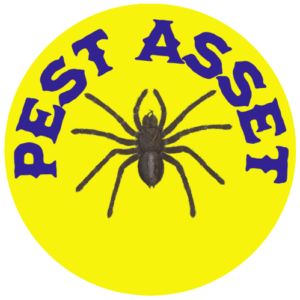Introduction
Welcome to our comprehensive guide on preventing and controlling pest infestations related to moisture. At Pest Asset, we understand the challenges and concerns that arise when moisture attracts pests to your property. In this article, we will provide you with valuable insights, expert advice, and proven strategies to effectively address and prevent moisture-related pest problems. Our aim is to ensure that you have the best information available to tackle this issue.
Understanding Moisture-Related Pest Infestations
Moisture can create an inviting environment for various pests, as it provides them with essential resources like water, food, and shelter. By gaining a deeper understanding of the pests attracted to moisture, you can implement targeted prevention and control measures. Let’s explore some key pests commonly associated with moisture:
- Dampwood Termites: Dampwood termites thrive in moist environments and are often attracted to decaying wood. They can cause significant structural damage to buildings if left unchecked.
- Cockroaches: These resilient pests are drawn to damp areas such as kitchens, bathrooms, and basements. They seek out water sources and can contaminate food, posing health risks to humans.
- Silverfish: Silverfish are nocturnal insects that thrive in damp, humid environments. They are commonly found in bathrooms, basements, and attics. They feed on starches, paper, and other organic materials.
- Mold and Mildew: While not technically pests, mold and mildew can proliferate in moist areas and cause health issues. They release spores into the air, triggering allergies and respiratory problems.
The Importance of Moisture Control
Effective moisture control is vital to preventing and mitigating pest infestations. By addressing and eliminating excess moisture, you can significantly reduce the risk of attracting pests to your property. Here’s why moisture control matters:
- Pest Prevention: Moisture reduction plays a crucial role in preventing pests from infiltrating your home or business. By removing their water source, you make your property less appealing and habitable for pests.
- Structural Integrity: Excess moisture can weaken building materials, leading to structural damage over time. By controlling moisture levels, you protect your property’s foundation and overall structural integrity.
- Health and Hygiene: Moisture-related issues like mold and mildew can compromise indoor air quality, triggering respiratory problems and allergies. Proper moisture control ensures a healthier living or working environment.
Effective Strategies for Moisture Control
We provide you with a range of effective strategies. Implement these techniques to prevent and manage moisture issues in your property:
1. Identify and Fix Leaks
Regularly inspect your property for plumbing leaks, both visible and hidden. Repair any leaks promptly to prevent water accumulation and moisture problems.
2. Improve Ventilation
Proper ventilation is essential in reducing excess moisture. Ensure that bathrooms, kitchens, and laundry areas are adequately ventilated to dissipate humidity and prevent condensation.
3. Utilize Dehumidifiers
In areas prone to high humidity levels, such as basements and crawl spaces, consider using dehumidifiers. These devices remove excess moisture from the air, creating an inhospitable environment for pests.
4. Maintain Proper Drainage
Ensure that your property has effective drainage systems in place to redirect water away from the foundation. Clean gutters and downspouts regularly to prevent water accumulation and potential moisture-related pest problems.
5. Seal Entry Points
Pests can enter your property through small cracks and gaps. Seal entry points, such as gaps around doors and windows, to prevent pests from gaining access to your property.
Conclusion
By implementing effective moisture control strategies, you can prevent and manage pest infestations associated with moisture. At Pest Asset, we are dedicated to providing you with comprehensive and detailed information, helping you make informed decisions about moisture-related pest control. Remember, a pest-free environment starts with effective moisture control.



